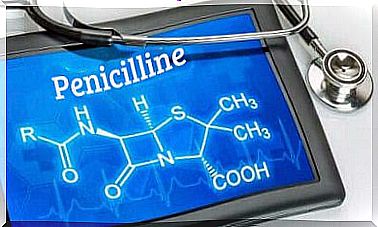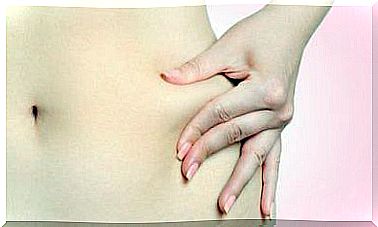Different Types Of Syncope Or Fainting
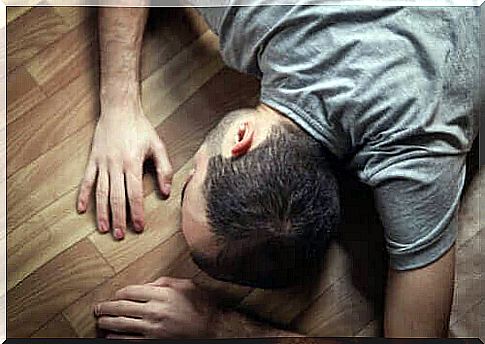
Syncope or fainting is a common problem. It is a temporary loss of consciousness and is caused by a decrease in blood flow to the brain.
Many people use the term fainting instead of syncope. The decrease in cerebral blood flow can have several reasons. For this reason, different types can be distinguished based on etiology.
General symptoms of syncope or fainting
Syncope is defined as the transient loss of consciousness and postural tonus. According to a study published in Frontiers in Physiology , it is a common problem. So much so that specialists estimate the incidence in the general population between 15 and 39%.
It can also affect people of any age and gender. However, it is true that its incidence increases with age. This problem is more common after the age of 70.
Fainting is usually accompanied by some very characteristic symptoms. As mentioned in the MSD Manual (Spanish link), presyncope is characterized by the perception of dizziness and impending fainting. However, no actual loss of consciousness has yet occurred.
Someone who suffers from syncope actually loses consciousness. The skin is usually cold and clammy. The heartbeat weakens and breathing becomes very shallow. Just before a person loses consciousness, there is usually:
- a light-headed feeling.
- blurred vision.
- headache.
- weakness.
In some cases, involuntary muscle movements may occur. They may look like convulsions, but they are not. This is one of the most relevant differential diagnoses that doctors should make.
What types of syncope are there?
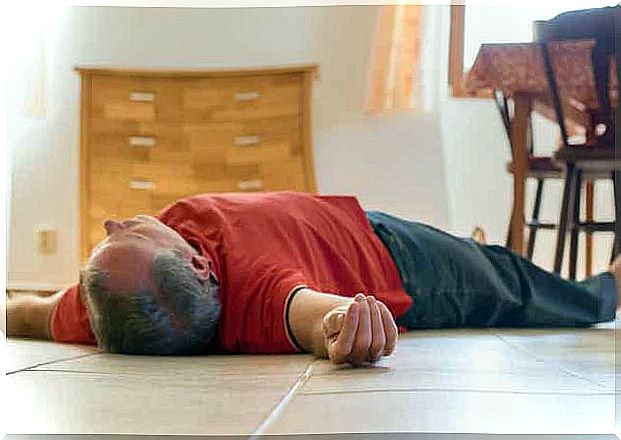
Earlier we noted that syncope is due to a decrease in blood flow to the brain. This, in turn, can have several causes. For this reason, specialists have identified several types, which we will explain in the following paragraphs.
Neuro-mediated syncope
This type is also known as reflex syncope. It is the most common type. What happens is that certain reflexes of the autonomic nervous system are deregulated. These reflexes are responsible for maintaining blood pressure and heart rate. As a result, the heart slows down and blood pressure drops. As a result, less blood flows to the brain.
The vasovagal variant, as explained by specialists at the Mayo Clinic , occurs when the body reacts disproportionately to certain triggers. This is the case, for example, with pain or intense emotions.
On the other hand , there is a type of fainting that is related to the carotid artery. It happens when pressure is applied to the carotid artery, which is located in the neck. It is common in some men while shaving or wearing very tight ties.
Finally, neuro-mediated syncope can also be situational, for example when performing specific actions or movements. It usually occurs when coughing or laughing.
Fainting due to cardiac origin
Cardiac or cardiogenic syncope, as the name suggests, is due to a problem in the heart. The most common cause is arrhythmias, such as tachycardias. There may also be a structural problem, such as valve disease or ischemic cardiomyopathy. These people often experience palpitations and chest pain.
Orthostatic syncope
Orthostatic syncope is syncope that occurs when a person stands up. According to a study published in Offarm (Spanish link), this movement causes a sudden drop in blood pressure.
- Sometimes there is a connection with certain medicines taken. This can happen, for example, with antidepressants.
- It can also be associated with alcohol consumption, dehydration and blood loss.
Cerebrovascular syncope
Cerebrovascular syncope is related to a problem in the blood vessels responsible for carrying oxygenated blood to the brain. It is one of the least frequent and the most severe.
For example, it may be due to the presence of an aneurysm or the result of a stroke. In most cases this is caused by atherosclerosis which reduces the diameter of the arteries and prevents the blood from flowing normally.
How to deal with the different types of syncope or fainting
Earlier we saw that syncope is characterized by a series of symptoms and that some of them can serve as a warning of what is about to happen. It is important to know how to act to avoid possible complications from falling or bumping into loss of consciousness.
In case of syncope
When the feeling of weakness or impending fainting occurs, it is essential to find a place to sit or lie down. Ideally, lying with the legs up to allow the blood to flow to the brain by gravity.
This also reduces the risk of falling if you eventually pass out. When you lose your postural tonus and fall, you may bump your head against an object or the floor itself.
It is important to lie or sit until the feeling of dizziness disappears. Similarly, when it’s time to get up, get up slowly and gradually.
helping others
If you see someone who feels dizzy or is about to pass out, try to help them. The first thing to do is to check if the person has passed out and if they are breathing.
It is important to remember that lung dynamics are usually weaker and more superficial, but should be palpable. In any case, it is also essential to call for help. Especially if someone does not regain consciousness or has been injured.
How can doctors make the differential diagnosis?
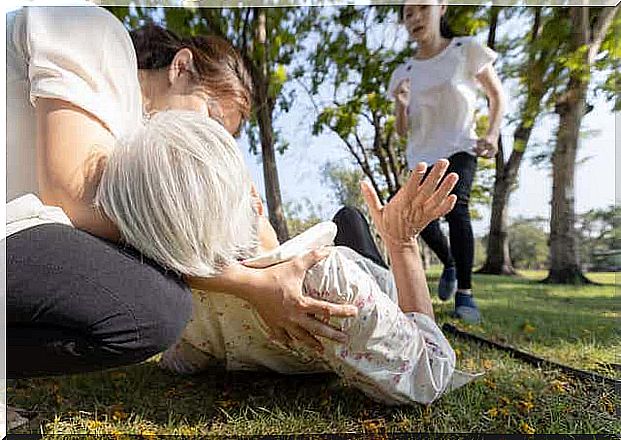
The fact that there are so many reasons why syncope or fainting can occur means that it is sometimes difficult to make a differential diagnosis. Although the vast majority of cases are benign and transient, it is essential to find the reason if it occurs more often.
For this reason , the doctor must know the patient’s complete medical history. Especially if they suffer from a disease or take medication. It is also important to conduct investigations.
The most commonly used additional tests are the electrocardiogram and echocardiogram. The first allows the doctor to observe the electrical activity of the heart. It is a simple, harmless and inexpensive test. The electrocardiogram, on the other hand, provides a detailed picture of the heart morphology.
Doctors may also request a stress test. Carotid sinus massage consists of massaging the carotid artery to check if syncope occurs. The doctor may supplement the examination with magnetic resonance imaging or a computed tomography.
Some syncope or fainting can be prevented
Syncope often occurs in response to certain triggers that are easily identified. For example, they usually appear with low blood sugar or dehydration.
A simple way to prevent fainting is to eat several times a day, even if it is in smaller amounts. Also drink plenty of water. Avoiding alcohol and other drugs, such as marijuana, also reduces the risk.
When you have to get up, specialists recommend that you do so slowly and gradually. Especially if you’ve been lying for a long time. However, if you often pass out, you should see your doctor to have the cause investigated.
